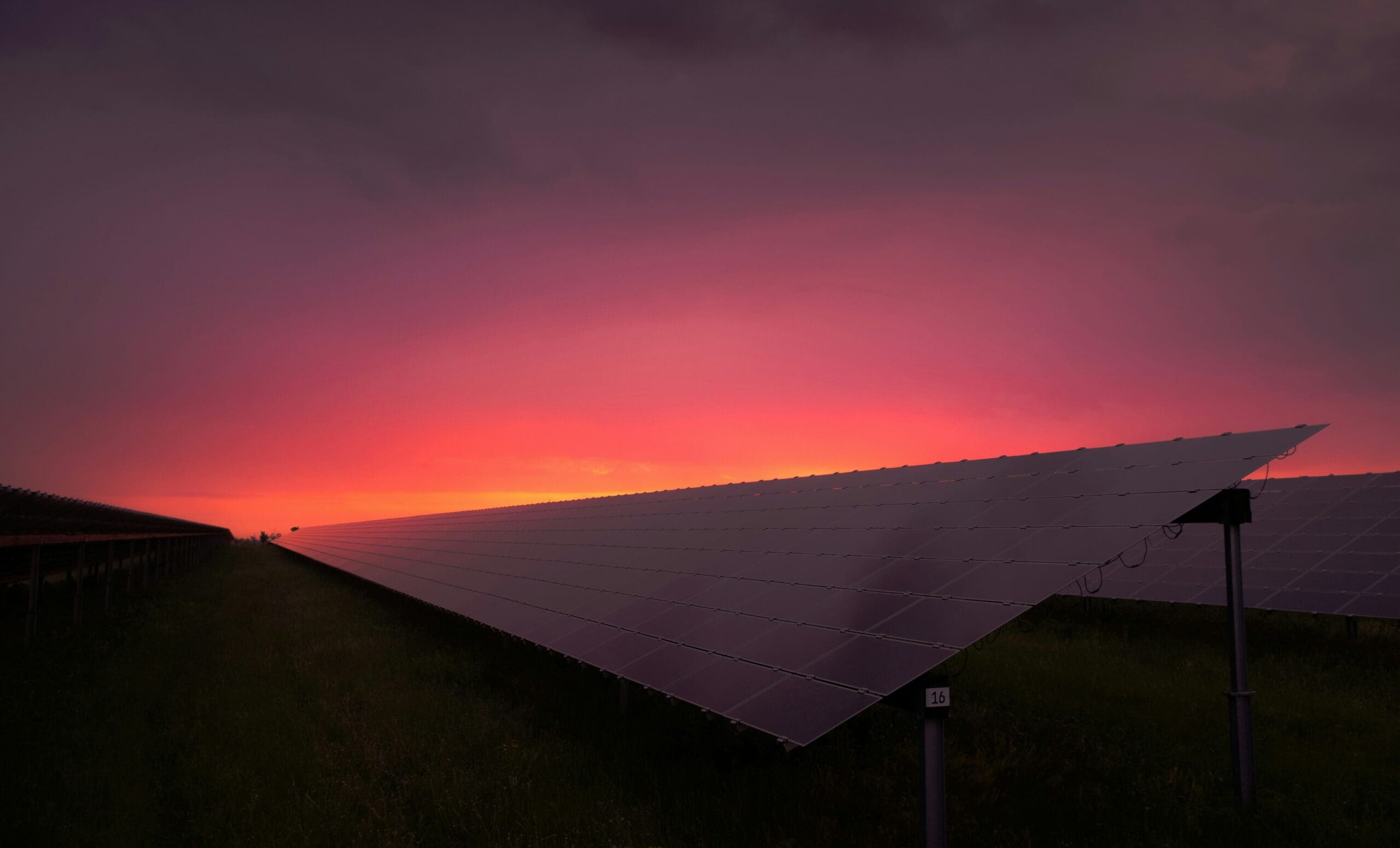
Harnessing the Sun: How Do Solar Panels Work?
In the vast wilderness, where the sun blazes high and mighty, solar panels stand as a testament to human ingenuity, capturing the sun’s energy to power everything from remote cabins to high-tech gear. Whether you’re an avid adventurer, a homesteader, or simply curious about sustainable living, understanding how do solar panels work can open a gateway to a greener, more self-sufficient lifestyle. Let’s dive into the fascinating world of solar energy and unravel the science behind these modern marvels.
The Basics: What Are Solar Panels?
Solar panels, also known as photovoltaic (PV) panels, are devices that convert sunlight into electricity. They are composed of numerous solar cells, typically made from silicon, a material known for its semiconductor properties. These cells are the heart of the solar panel, where the magic happens.
The Science: Photovoltaic Effect
At the core of solar panels is the photovoltaic effect, the process by which light is converted into electrical energy. When sunlight hits the surface of a solar cell, it excites the electrons within the silicon material. This excitement causes the electrons to break free from their atoms, creating an electric current. Here’s a step-by-step breakdown of how do solar panels work:
- Sunlight Absorption: Solar cells are designed to absorb sunlight effectively. When photons (particles of light) strike the silicon cells, they transfer their energy to electrons in the silicon atoms.
- Electron Excitation: The absorbed energy excites the electrons, causing them to jump from their normal position in the atom to a higher energy state, effectively creating free electrons.
- Electric Field: Solar cells are constructed with a positive layer (p-type) and a negative layer (n-type) of silicon, creating an electric field at their junction. This electric field acts as a directional force, pushing the free electrons towards metal conductive plates.
- Current Generation: As the electrons move towards the conductive plates, they flow into an external circuit, generating direct current (DC) electricity. This flow of electrons is what we harness as electric power.
- Inversion to AC: Most household and grid-connected systems use alternating current (AC). Therefore, an inverter is used to convert the DC electricity generated by the solar panels into AC electricity that can power your appliances and be fed into the electric grid.
Types of Solar Panels
There are several types of solar panels, each with its own advantages and applications. Understanding how do solar panels work helps in choosing the most suitable type for your needs:
- Monocrystalline Solar Panels: Known for their high efficiency and sleek appearance, these panels are made from single-crystal silicon. They perform well in low-light conditions and have a longer lifespan but are typically more expensive.
- Polycrystalline Solar Panels: These panels are made from silicon crystals that are melted together. They are generally less efficient than monocrystalline panels but are more affordable and easier to produce.
- Thin-Film Solar Panels: Lightweight and flexible, thin-film panels are made by depositing photovoltaic material onto a substrate. They are less efficient than crystalline panels but can be used in a variety of applications where flexibility and weight are important factors.
How Do Solar Panels Work?
Solar panels have a wide range of applications, from small-scale residential systems to large-scale solar farms. In the world of outdoor adventure, they provide a reliable source of power for off-grid living, remote research stations, and eco-friendly travel.
- Off-Grid Living: For those who choose to live off the beaten path, solar panels offer a sustainable way to generate electricity, powering everything from lights to refrigerators without relying on the grid.
- Portable Solar Chargers: Adventurers and travelers use portable solar chargers to keep their devices powered in remote areas. These lightweight, compact panels can charge phones, GPS units, and other essential gear.
- Solar-Powered Gear: Innovative products like solar-powered backpacks, lanterns, and tents incorporate solar panels, making it easier than ever to harness the sun’s energy on the go.
The Environmental Impact
One of the greatest advantages of solar panels is their positive environmental impact. By converting sunlight into electricity, solar panels reduce our reliance on fossil fuels, decreasing greenhouse gas emissions and combating climate change. Additionally, solar energy is a renewable resource, meaning it won’t deplete over time like coal, oil, or natural gas.
Challenges and Considerations
While solar panels offer numerous benefits, there are some challenges to consider. The initial installation cost can be high, though it is often offset by long-term savings on energy bills and government incentives. Additionally, the efficiency of solar panels can be affected by weather conditions, shading, and geographic location.
Embracing Solar with National First Solar
At National First Solar, we are committed to promoting sustainable solutions for both residential and commercial applications. Our expertise in solar panel installation and maintenance ensures that you can harness the power of the sun efficiently and effectively.
Understanding how do solar panels work is essential to maximizing their potential, and our dedicated team is here to guide you through every step of the process. From initially assessing your energy needs to providing ongoing support, we make it easy for you to transition to renewable energy and contribute to a greener future.
